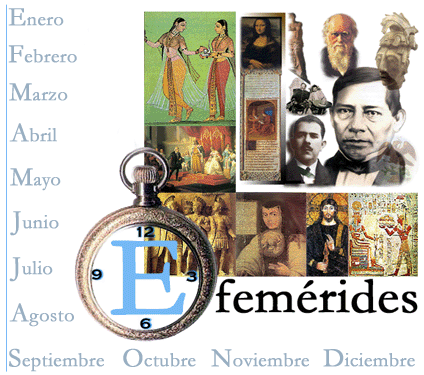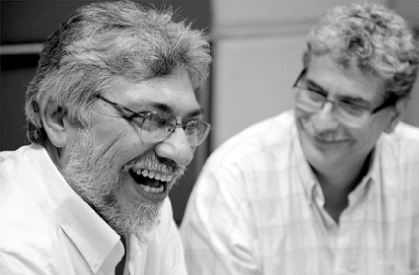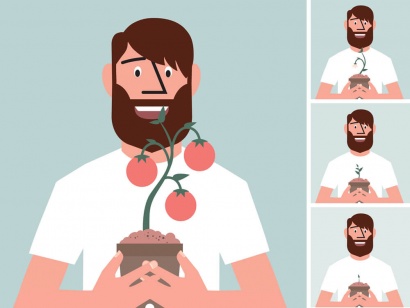 In spoken and written language we use words, expressions or imitations of noises to express certain ideas or emotions. All of them are known as interjections. With them it is possible to communicate joy, fright, alarm, surprise or anger. They are also used to attract attention, to say hello or goodbye, to reproduce sounds, etc.
In spoken and written language we use words, expressions or imitations of noises to express certain ideas or emotions. All of them are known as interjections. With them it is possible to communicate joy, fright, alarm, surprise or anger. They are also used to attract attention, to say hello or goodbye, to reproduce sounds, etc.
They are usually accompanied by exclamation or question marks. Interjections are invariable, usually accompany a sentence and are communicated with a certain intensity.
Examples
- To greet someone we say "hello!".
- To warn another person about any danger, we exclaim "careful!" or "stop!"
- To express rejection or surprise we say "eh!".
- If we want to say goodbye to another person, we say “goodbye!”.
- With the exclamation "ay!" we transmit pain.
- If we want another person to pay attention to us, we say “hey!”.
- Faced with an unexpected surprise, we affirmed "Wow!", "Whoops!" or also "oh!"
- When we do not understand something we can say "eh?".
- If we feel relieved we will say "Ugh!".
- If we have to imitate any noise we will say "wham!" or "bang!"
- When we want someone to lower their voice we can say “shhh!”.
- If we have a feeling of disgust we will say “yuck!”.
Interjections are usually part of a longer message. Some examples would be the following: “Hey! Do not litter the table "," Wow! I was not expecting it in any way "or" Wow! This you say is totally incredible. "
It should be noted that any word can become an interjection if it incorporates the semantic load of these expressions. So if I say "dear!" with this noun I am expressing a certain astonishment.
Sometimes the interjections are made up of phrases or expressions made: "oh my!", "What a horror!", "Holy god!" Oh gosh!".
Many interjections are used in comics
The comic is a literary genre that combines words and images. It is a genre in which there is usually action and dynamism. Consequently, the use of interjections is very common, since with them intense emotions are expressed in a brief and direct way.
The comic has its own language. In this sense, some interjections and onopatopoeia abound: tap, tap to communicate the noise of footsteps, cough to represent the cough, sigh to sigh, tick toc to reproduce the sound of a clock, plam would be a door slam and beep, beep is the noise of a horn.
Photo: Fotolia Jema









